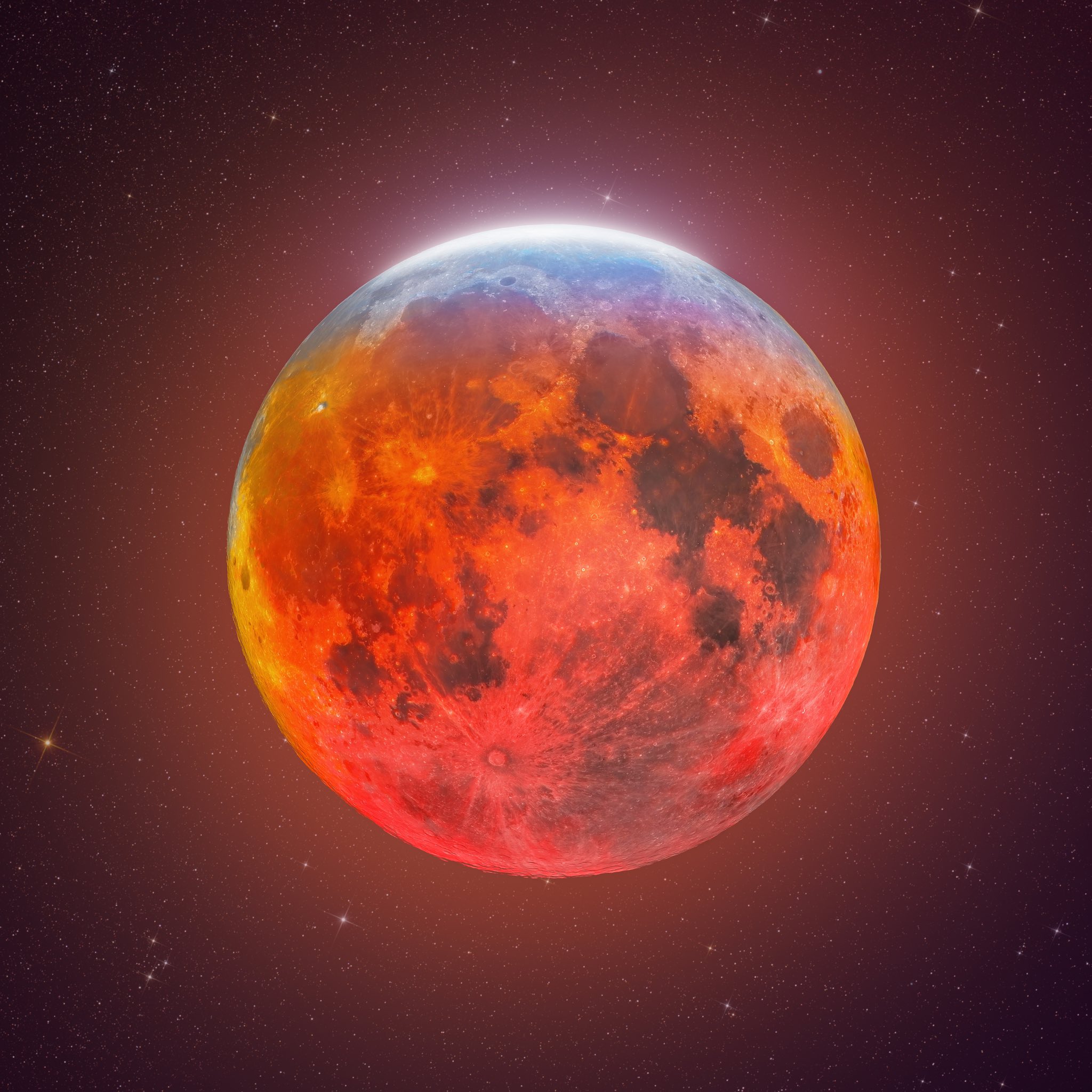Welcome to a new issue of the Journal of Runic Studies, the premier Malkioni publication for studies into the nature of Glorantha. If you haven’t subscribed yet, please consult with the spirit bound to the appropriate electronic page.
The newsletter is (again) one day late this week because a windstorm caused multiple power outages around Vancouver where I live. My modem seems to have been damaged during that time, so I have been without internet for three days. My ISP sent a technician yesterday (Monday) and I’m back online, but that means I couldn’t work on the newsletter over the weekend.
In unrelated news, the next episode of the podcast is ready to go out but Joerg had problems of his own so I’m waiting for his show notes and transcript for the episode. Hopefully it will be released to you in the coming days.
Chaosium News

Here are this week’s Chaosium news!
How to Run RuneQuest
Here’s another one of James Coquillat’s interviews! This one is geared towards the complete newbies who want to pick up RuneQuest as their first gamemaster experience or, even, as their first roleplaying game experience. Jeff keeps things very simple, which is good — although his advice of not sweating the details of combat rules will fall flat for some people (I still remember how RuneQuest combat rules looked like on first read… it wasn’t pleasant).
Anyway, I don’t think the experienced RuneQuesters and Gloranthaphiles in the audience will learn anything new here (once again, this is more of a “forward this to a friend” sort of video), but I was very pleased to hear Jeff describe Glorantha as “ancient world fantasy” instead of “bronze age fantasy”!
RuneQuest Glorantha 1.2
Anybody who’s run RuneQuest for more than a couple sessions knows the problem: the rulebook is an editing mess. The number of corrections and clarifications on the Well of Daliath is, let’s say, rather large. It’s not surprising then that the question of an updated version of the rulebook was raised on BRP Central. Chaosium president Rick Meints replied:
We want to do an updated rulebook (not a new edition) in the near future.
Now I wouldn’t get too excited — I’m pretty sure such an updated book wouldn’t change any actual rules. But it’s notable enough that Rick used the term “updated rulebook” and not just “a new printing” or something. This is because we know there are already two versions of the rulebook out there: the first printing, and the second printing which simply fixed some typos and incorrect stat values.
My totally uneducated (and therefore worthless but hey, this is my website) prediction is that this updated rulebook would represent an editorial pass on the text that help increase clarity and reduce confusion. For instance: remove RQ2-isms such as using POW instead of Magic Points, improve the verbiage around combat action economy, expand the text on enchantments and wyters, possibly even expand some of the spell descriptions. That kind of stuff. Who knows, maybe some of the occupations (like Fisher or Hunter) will even get fixed (although I wouldn’t hold my breath on that, Jeff made it clear he likes it this way).
This isn’t totally unheard of. Mongoose Traveller just recently saw such an updated rulebook, with many rules tweaks and expanded or corrected text. Plus some new art.
Anyway, it doesn’t sound like anybody at Chaosium is actually working on it yet so I don’t imagine we’ll see this new rulebook before 2026 or something.
Jeff’s Notes

Jeff Richard, the current mastermind on everything Gloranthan at Chaosium, is often posting notes and thoughts on the RuneQuest Facebook group. Here’s our curated list from the past week. A partial archive of these sources is compiled on the Well of Daliath.
Esrolia’s Population and Fleet
Here is some good world-building information on Esrolia, in case your players are headed there soon. The gist of it is: lots of villages close to each other everywhere, smaller farms with richer land, and lots of people working Earth temple-owned lands.
But few starve or go hungry thanks to Ernalda’s bounty. The productivity is incredible – not just einkorn wheat, but oranges, wine, apricots, strawberries, cherries, olives, chilis, sugarcane, beans, onions, and even tomatoes. Livestock is mainly pigs and fowl (chickens and geese), although Longsiland is famed for its herds of sheep and cattle.
Of course, the Mirrorsea Bay also helps feed the teeming throngs of people. Fish, waterfowl, crustaceans, etc. Lots of fishermen, merfolk, ducks, and newtlings.
There’s also a bit on the difference in diet between Esrolia and Sartar, if you want to drop a few colourful dishes into the game when the PCs are staying at some local inn.
And if you’re going to the Mirrorsea Bay, there’s another note on Esrolia’s navy, which I’m skipping over because it’s late…
Sartarite Inns
Speaking of inns, here is a note on the now famous Sartarite caravanserais that Chaosium is highlighting a lot more in RQG than in past editions.
When we think of Sartarite inns, that’s what they are – caravanserais more than pubs. Travelers are welcome there, they usually have places to store goods and watch animals, or arrangements with local stables to do the same.
This mix of “trade highways” and secondary roads dotted with caravan-friendly inns is in line with what we know of the ancient world, such as the Persian Royal Road that marks the origins of the Silk Road.
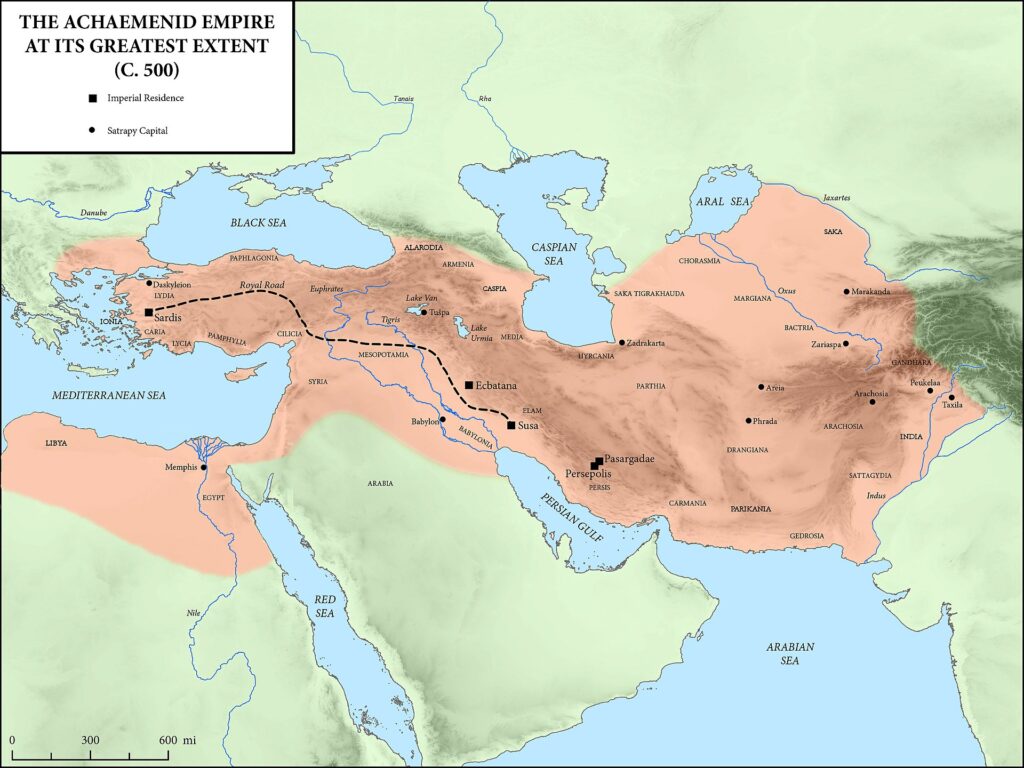
This page from National Geographic shows Silk Road caravanserais from a much later period, but it gives a good enough idea of what it looks like for the purposes of a roleplaying game. Note the blue points on the map!
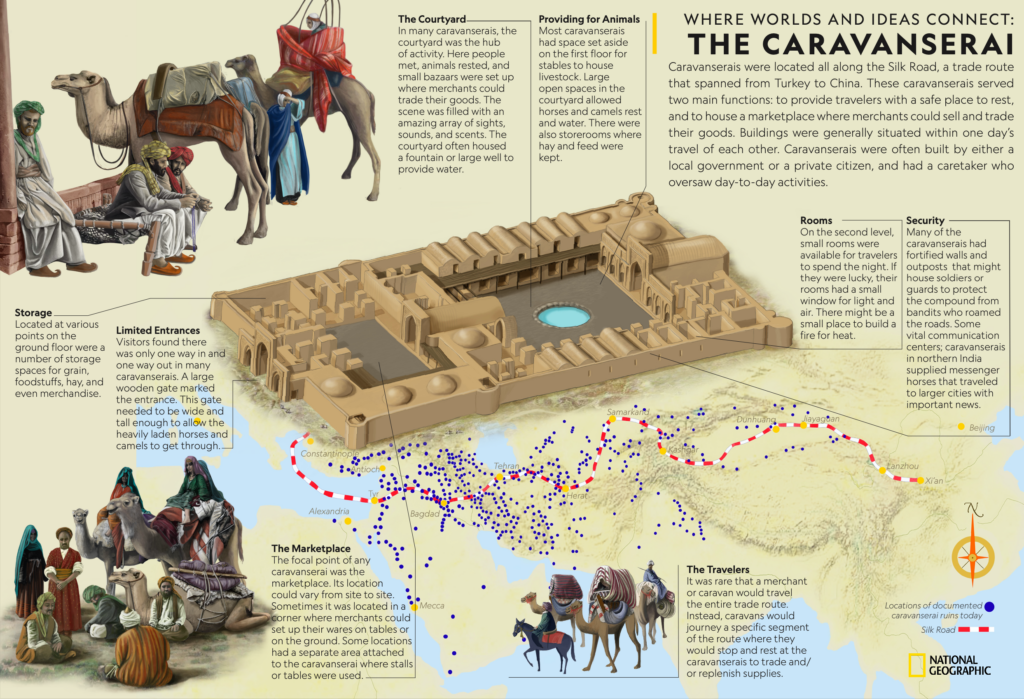
Most artistic reconstructions I can find attempt to illustrate the Marco Polo era of the late 13th century, but, again, that’s good enough for me:
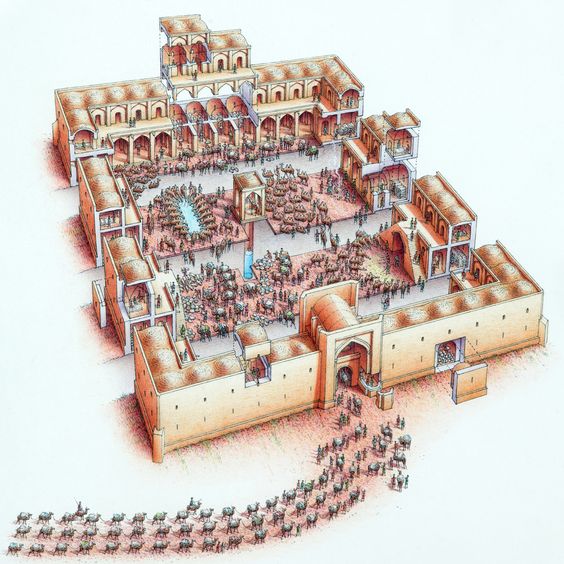
Art by Stephen Biesty 

Art from Age of Empires 2
Jeff gives another possible reference and source of inspiration:
Somewhat similar were the shukuba post stations of the Edo Five Routes in Japan or the roadside stationes, tabernae, and mutationes, where travelers could rest and their animals taken care of.
The most famous of Sartarite inns is the franchised network of Geo’s inns, whose founder, Geo, is even a the subject of a minor traveller cult.
Like a lot of things Geo’s is both comical and deadly serious. They were originally established as caravanserai which were ALSO places where any friend or supporter of Sartar could find a safe bed, friends, and a warm meal. Most of the cult’s income is generated from paying, non-member customers who stay the night and otherwise avail of the services provided by the inn, such as stabling and fodder, food and drinks, entertainment, and warehousing of goods.
During the heyday of the Principality, Geo’s inns were typically supported by the Prince, which made them very desirable to travelers. Well-maintained, steady food, and protected by the Prince.
Gloranthan Dwarfs
The fact that we spell them “dwarfs” instead of “dwarves” isn’t the only way that the Mostali are different from their D&D counterparts!
Always keep in mind that Gloranthan dwarves are most emphatically not the Scottish-accented dwarves of the Peter Jackson movies or of most D&D campaigns. A small Gloranthan dwarf might only weigh 10 kg (22 pounds) and be 60 cm (23 inches) tall. That’s about the same size as my cat (admittedly she is a Maine Coon)! Dwarfs often have grotesque (but not hideous or repulsive) facial features, disproportionate and gnarled limbs, hunchbacked and twisted.
Larger dwarves exist, of course. A large dwarf might be 140 cm tall (55 inches) and weigh 75 kg (165 pounds). So there is a bewildering variety in sizes and shapes among dwarfdom. A dwarf like Ginkizzie or The Dwarf might be almost human sized, while other dwarfs in the community are no bigger than a large house cat.
In a related BRP Central thread, Jeff also notes that the stats of dwarfs have changed across editions of RuneQuest.
Back in RQ2, hit points were determined by CON, and modified slightly by SIZ and POW. Dwarfs (spelled “Dwarves” back then!) had CON 2D6+6 and SIZ 2D6, for 12 hit points on average.
But RQ3 changed both the spelling (“Dwarfs”!) and the hit point computation (now the average of CON and SIZ). Dwarfs would have had only 10 hit points on average if RQ3 didn’t also vastly increase their CON, to 1D6+12… and technically that only gives an average HP of barely above 11.
RQG kept RQ3’s spelling, but went back to RQ2’s hit point computation and, therefore, RQ2’s dwarf stats.
Eiritha
Here’s a note on the Praxian goddess of cattle, and possibly (at least in my experience) one of the least-often played cults in the rulebook. I found this interesting:
Eiritha had many children – cows, bison, impala, high llamas, rhinos, sable antelope, and so on. I’ve even heard that Mother Morokanth was a daughter of Eiritha! She is not associated with sheep, deer, pigs, etc. so she is not the goddess of all ruminants. She is the mother of deer and elk through another husband.
The Glorantha Sourcebook says that “she is the source of fecundity and rich milk for all hooved and horned creatures.” You’d think that “hooved and horned creatures” would include sheep, but maybe that doesn’t count because many domestic sheep don’t have horns? Maybe domestication actively changed the myths over time? Is this another God Learner fuck-up? Can you fulfill some Praxian prophecy by bringing back horned sheep to Prax?
Also, if Morokanth are possibly descended from Eiritha, does that mean they used to have horns? (they technically have hooved toes, I think, so that works for “hooved creature” part) Did the humans, feeling cheated during Waha’s Covenant business, cut off the Morokanths’ horns? Or maybe the Morokanth cut their young’s horns for some cultural or spiritual reason? Maybe the Morokanth khans or shamans are allows to grow big horns and therefore look twice as scary?
Am I reading too much into one line of the Sourcebook? Maybe… but hey, horned Morokanths!
Deep Lunar Synthesis
This is the kind of stuff that somebody much more clever, educated, and crazier than me (I’m looking at you Nick and Eff) would better comment on: some weird-ass “source note” from Greg Stafford.
One of Greg’s deep background notes that I refer to an awful lot when I think about Glorantha is this chart that he put together to try to think about the basic sources for the Lunar understanding of the 3 percepations: Mystical, Cosmological, and Materialist.
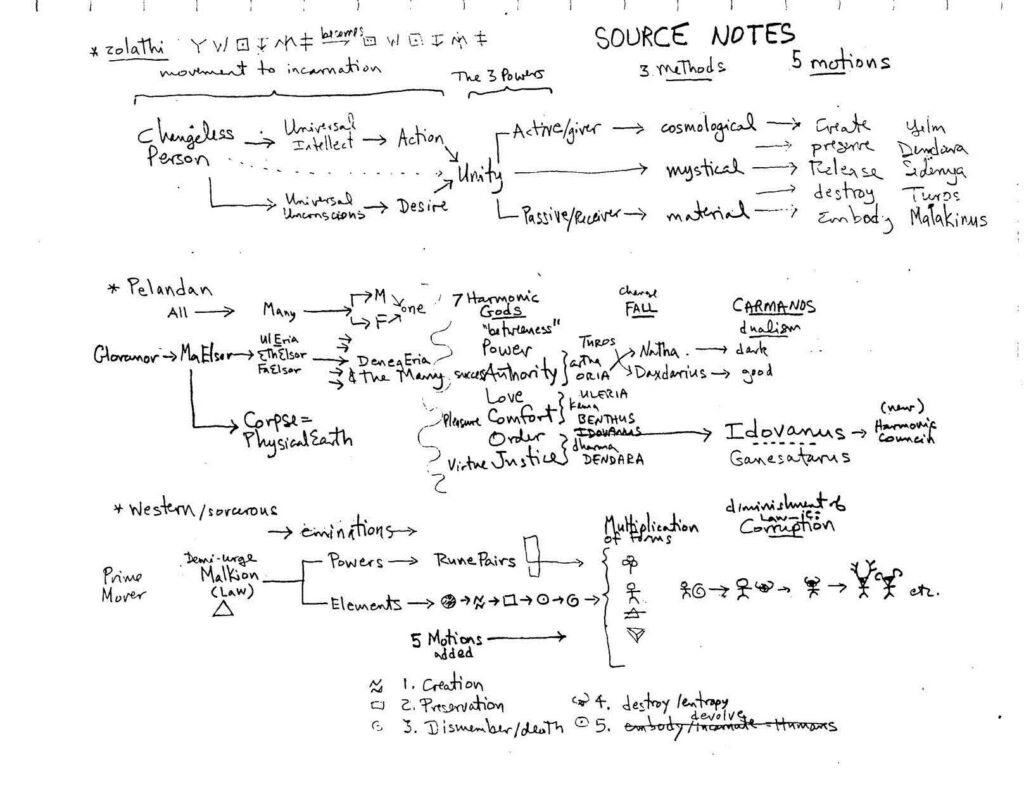
Jeff explains a little bit of it, but you’ll mostly have to figure out what the hell this means for yourself. I’ll… err… I’ll be over there if you need me.
Community Roundup
The community roundup is our highlight of interesting things being mentioned in the Glorantha-related Facebook groups, sub-Reddits, and other similar online places.
A Happy Character Sheet Accident
Over on Reddit, RoyalAlbatross has been copying various pages from RuneQuest 2nd edition to prep for their game, and ended up making this happy accident:

Elsewhere on Arachne Solara’s Web
Not everything is about Glorantha, although most things are! Here are loosely relevant things that we found on the interwebs.
All Hail the Red Moon
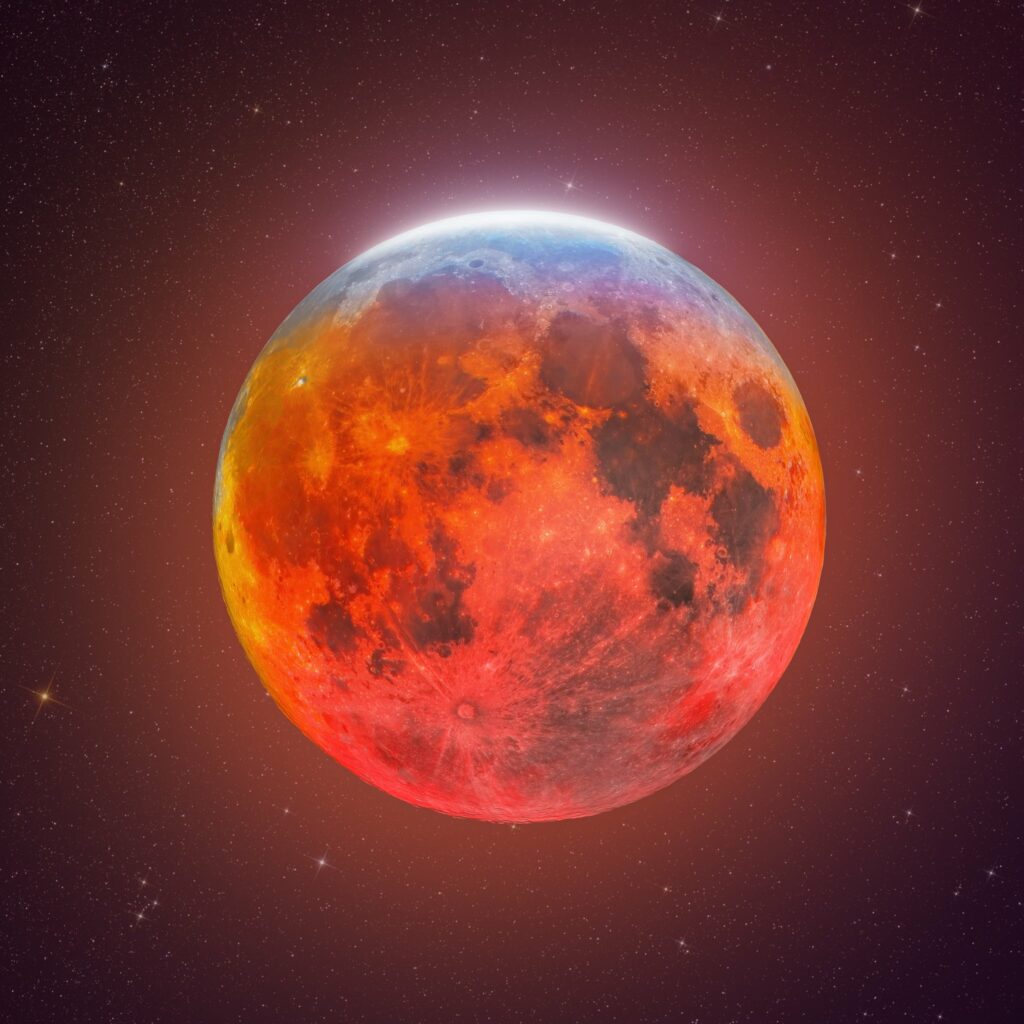
It will probably be over by the time your read this, but today there was a total Lunar eclipse, which means a blood moon! If you want to go dance naked outside with a couple of scimitars while screaming something about your devotion to Jar-eel, I will totally support you… just don’t mention me when the cops arrive.
Thank you for reading
That’s it for this week! Please contact us with any feedback, question, or news item we’ve missed!


